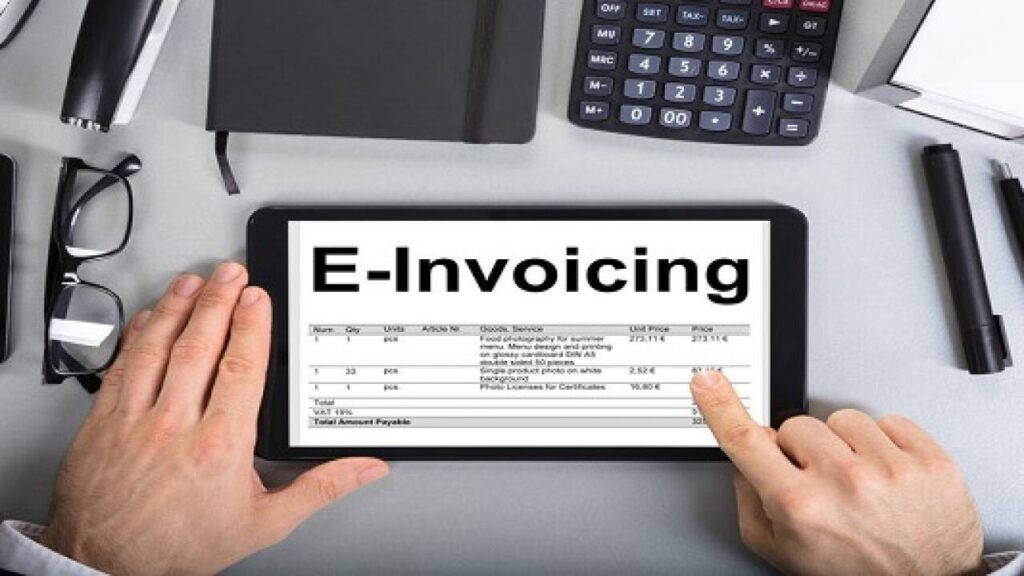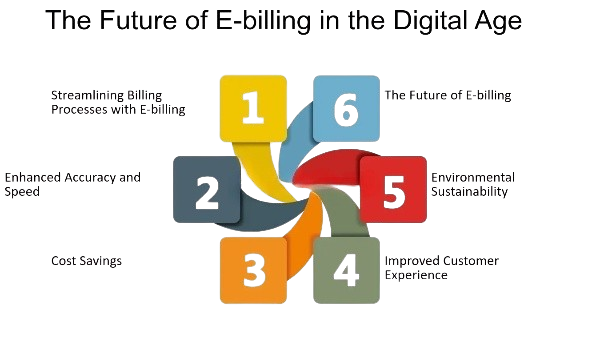GST & Digital Invoicing: The Future Of E-Billing In 2025
The Goods and Services Tax (GST) regime in India, introduced in July 2017, marked a major shift in the country’s taxation system. While GST has been instrumental in simplifying tax structures, the journey towards complete automation and digitalization is far from over. As we approach 2025, GST and digital invoicing are set to become even more integral to business operations, reshaping how invoices are generated, validated, and processed in India. This blog explores the future of e-billing and digital invoicing in India under GST, highlighting trends, developments, and their potential impact on businesses


What is GST Digital Invoicing?
GST digital invoicing refers to the process where businesses create and submit invoices electronically to the government’s GST portal in real-time. The system automatically validates invoices, ensuring compliance and reducing human error. This not only streamlines the process but also eliminates the need for manual data entry, enhancing efficiency and accuracy.
Under digital invoicing, every invoice is generated with a unique Invoice Reference Number (IRN), which is validated by the GSTN (Goods and Services Tax Network). The system allows businesses to send invoices directly to customers, while the GSTN records and authenticates the transaction, ensuring the accuracy of tax payments.
As we look ahead to 2025, the future of GST digital invoicing is intertwined with advancements in technology. Here are some trends that are likely to shape the future of e-billing in India.
- Improved Efficiency and Speed
- Enhanced Security and Compliance
- Faster Payments and Better Cash Flow
- Improved Efficiency and Speed
Why is GST Digital Invoicing Important for 2025?
The introduction of digital invoicing is a game-changer for businesses in India. By 2025, this system will become even more significant due to several key reasons:
Increased Compliance and Transparency: Digital invoicing ensures that businesses comply with GST regulations in real-time. The system automatically flags any discrepancies, reducing the chances of tax evasion and improving transparency. By 2025, the government aims for 100% compliance, with digital invoices being a mandatory requirement for all businesses.
Faster Processing and Reduced Errors: Automating invoice generation and submission reduces human errors, speeding up the invoicing process. Businesses can receive quicker validation from the GSTN, leading to faster approvals and fewer delays in tax filings. This streamlining is crucial as transaction volumes continue to grow.
Paperless Transactions: Digital invoicing eliminates the need for paper-based documentation, which is both time-consuming and prone to errors. This shift towards a paperless system is not only environmentally friendly but also reduces storage and administrative costs for businesses.
Enhanced Data Accuracy: With digital invoices, data is captured and stored electronically, reducing manual input and the possibility of mistakes. This allows businesses to track their transactions more efficiently and ensures that the data provided to the government is accurate.

How to Prepare Your Business for GST Digital Invoicing in 2025
As GST digital invoicing becomes mandatory for all businesses, it’s important to start preparing now. Here are a few steps to ensure a smooth transition:
Upgrade Your Software:
Ensure that your invoicing system is integrated with the GSTN and capable of generating e-invoices. Look for software that supports e-invoicing and is regularly updated to meet changing requirements.Train Your Team:
Invest in training for your finance and accounting teams. Ensure they understand the new invoicing system, including how to generate, validate, and submit invoices electronically.Stay Updated on Regulations:
GST laws and e-invoicing regulations are evolving. Keep track of updates from the government and make necessary adjustments to your processes to stay compliant.


